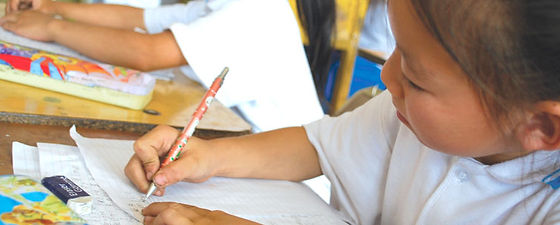Adopt-a-Village

Adopt-a-Village is a program in which money is donated to go towards a certain cause. There are 5 pillars that are supported through adopt-a-village: water, health, alternative income and livelihood, clean water and sanitation, and agriculture and food security. The countries that are supported through adopt-a-village by the international free the children organization are India, China, Nicaragua, Ecuador, Sierra Leone, Haiti, Ghana, and Kenya. Adopt-a-village has, so far, built more than 650 schools and school rooms, given $16,000,000 worth of medical supplies, helped 30,000 women with economic self-sufficiency, and provided more than 1,000,000 people with clean water, health, and sanitation.
Silicon Valley FTC's goal is to support India, China, Nicaragua, and Sierra Leone. In India, we will support education, in China, health, in Nicaragua, agriculture, and in Sierra Leone, water. We already have money placed towards a school in Rajasthan, India. With your help, we will help thousands of people all over the world.
It's not charity. It's sustainability.
Haiti, Kenya, rural China, Ecuador, India, Sierra Leone, Ghana, and Nicaragua.
WHERE:
Adopt a Village
WHAT:
To eliminate the Obstacles preventing children from accessing education and break the cycle of poverty.
WHY:
All elements of Adopt a Village are designed to be owned and maintained by the community and self-sustained over a long period of time. Free the children employs local staff and teams in all Adopt a Village countries. These teams work together with community members to implement the five pillars of the model.
HOW:
DEVELOPMENT MODEL:
5 PILLARS
PILLAR: HEALTH
1
IMPROVE ACCESS
2
CHANGE BEHAVIOR
3
CHANGE STATUS
OUTCOMES
Community members have access to health care and knowledge of healthy behaviors.
Community members are practicing healthy behaviors.
Health outcomes improved diseases incidence significantly lowered.
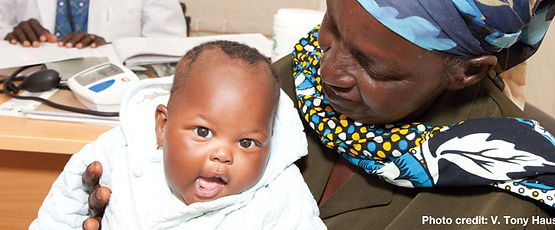
PILLAR: AGRICULTURE AND FOOD SECURITY
IMPROVE ACCESS
CHANGE BEHAVIOR
1
2
CHANGE STATUS
3
OUTCOMES
Community members have physical and economic access to adequate amounts of safe and nutritious food.
Community members practice environmentally sustainable ways of producing food.
Food availability outcomes improved and disease incidence significantly lowered.
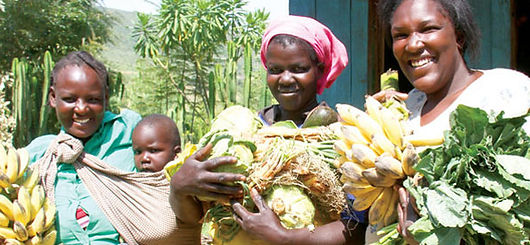
PILLAR: ALTERNATIVE INCOME AND LIVELIHOOD
IMPROVE ACCESS
CHANGE BEHAVIOR
1
2
CHANGE STATUS
3
OUTCOMES
Households have access to the means to produce income.
Households are actively engaged in sustainable income producing opportunities.
Households are actively engaged in sustainable income producing opportunities.
Households are actively engaged in sustainable income producing opportunities.
Household incomes rise to above poverty-level.
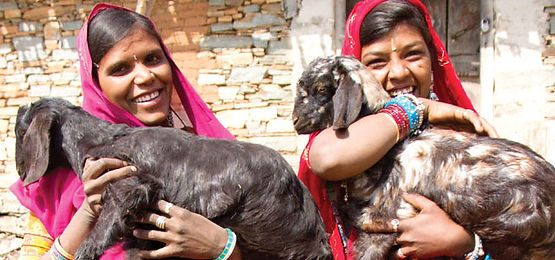
PILLAR: CLEAN WATER AND SANITATION
OUTCOMES
1
IMPROVE ACCESS
2
CHANGE BEHAVIOR
3
CHANGE STATUS
Community members have access to clean water and sanitation facilities.
Community members practice good water use and sanitation behaviors.
Reduced incidence of waterborne disease.
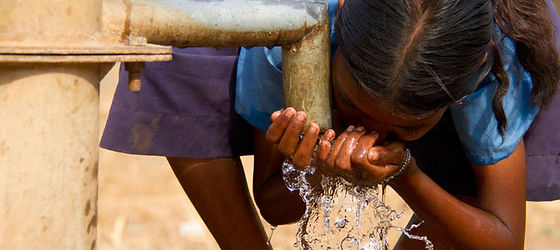
PILLAR: EDUCATION
IMPROVE ACCESS
1
CHANGE BEHAVIOR
CHANGE STATUS
2
3
OUTCOMES
Community members have access to clean water and sanitation facilities.
Community members practice good water use and sanitation behaviors.
Reduced incidence of waterborne disease.
